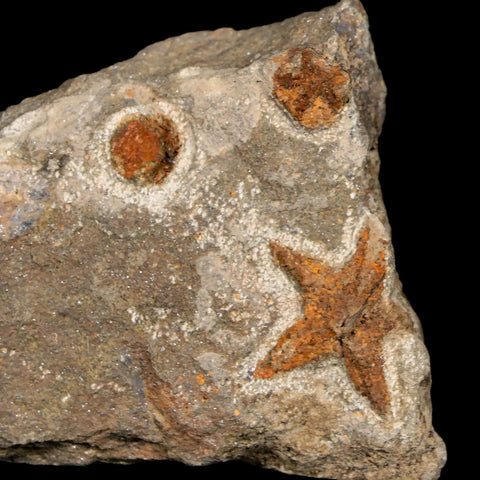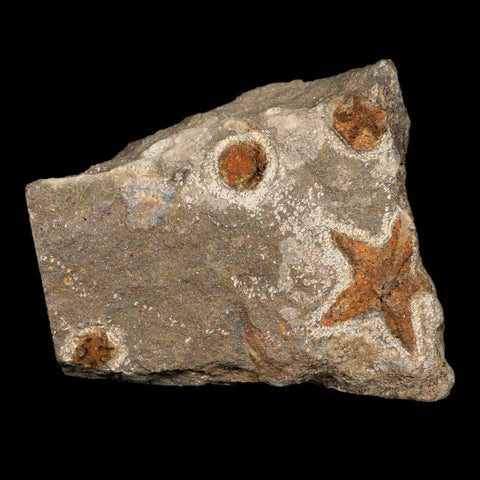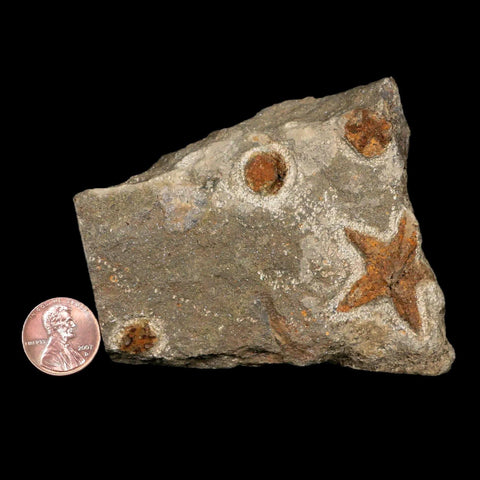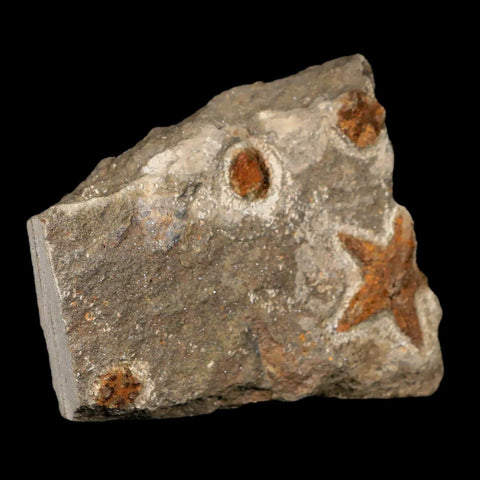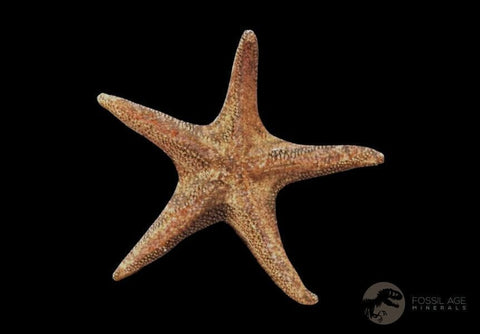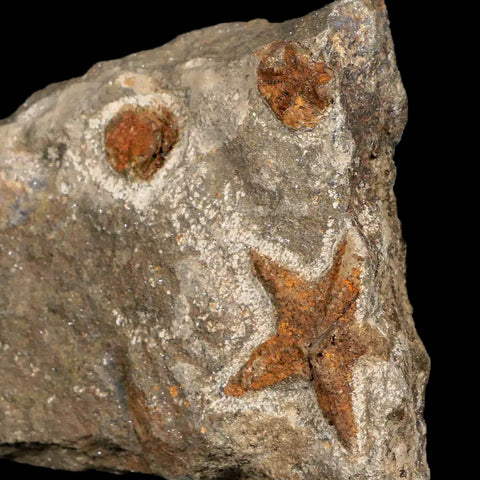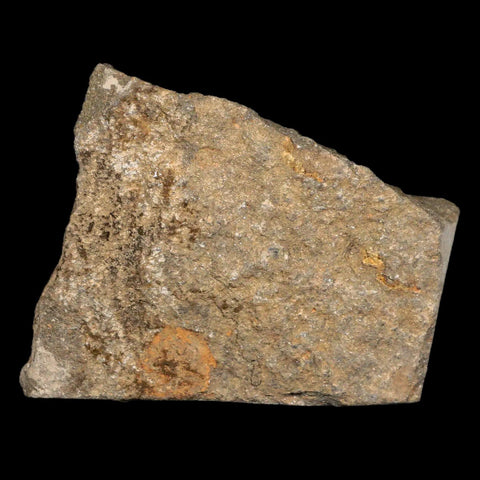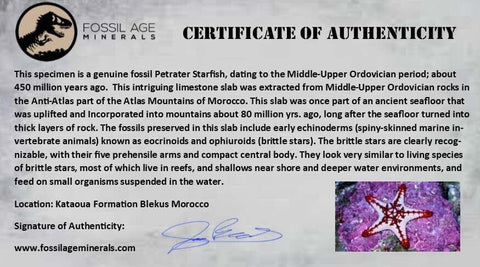28MM Brittle Star Petraster Starfish Fossil Ordovician Age Blekus Morocco COA
Location: Kataoua Formation, Blekus, Morocco
Weight: 5.5 Ounces
Starfish Dimensions: 28MM
Dimension: 3.2 Inches Long, 2.8 Inches Wide, 0.7 Inches Thick (Plate)
Comes with a Certificate of Authenticity.
The item pictured is the one you will receive.
Brittlestar Petraster
This fascinating limestone slab comes from Middle-Upper Ordovician rocks, around 450 million years old, found in Morocco’s Anti-Atlas region of the Atlas Mountains. Originally part of an ancient seafloor, it was lifted into mountain formations about 80 million years ago after layers of rock had formed. The slab houses incredible fossils of early echinoderms like echinoids and ophiuroids—brittle stars with their distinctive five flexible arms and compact bodies. These brittle stars closely resemble species alive today, thriving in reefs and shallow to deep waters, feeding on tiny suspended organisms. Also featured are rare eocrinoids, likely Ascocystites, with slender stems and clusters of arm-like structures used to filter food from the water, showcasing an extraordinary glimpse into ancient marine life.
Despite the name, eocrinoids were unrelated to crinoids (sea Lilies) and differ in several morphological features from ancient and modern crinoids. However, like many fossil crinoids, their elongated stem allowed for attachment to hard substrates and the possibility of raising themselves higher off the seafloor.
This slab showcases several larger individuals alongside much smaller ones, which could be juveniles of the bigger species or an entirely different type. Notice how the smaller creatures often appear closely associated with the brittle stars. It’s intriguing to consider whether the brittle stars might have been feeding on these smaller echinoids, sparking curiosity about their ancient interactions.

Please be aware of the nature of fossils:
Being buried under the ground for millions of years under tons of pressure tends to be rough. No fossil comes out of the ground whole and perfect. Most fossils have undergone some restoration, while others are altered by man simply to enhance their presentation in different ways. The workers in Morocco do a very professional job of unearthing and preserving these natural treasures. These are part of the natural beauty of the fossil and are not considered defects.


